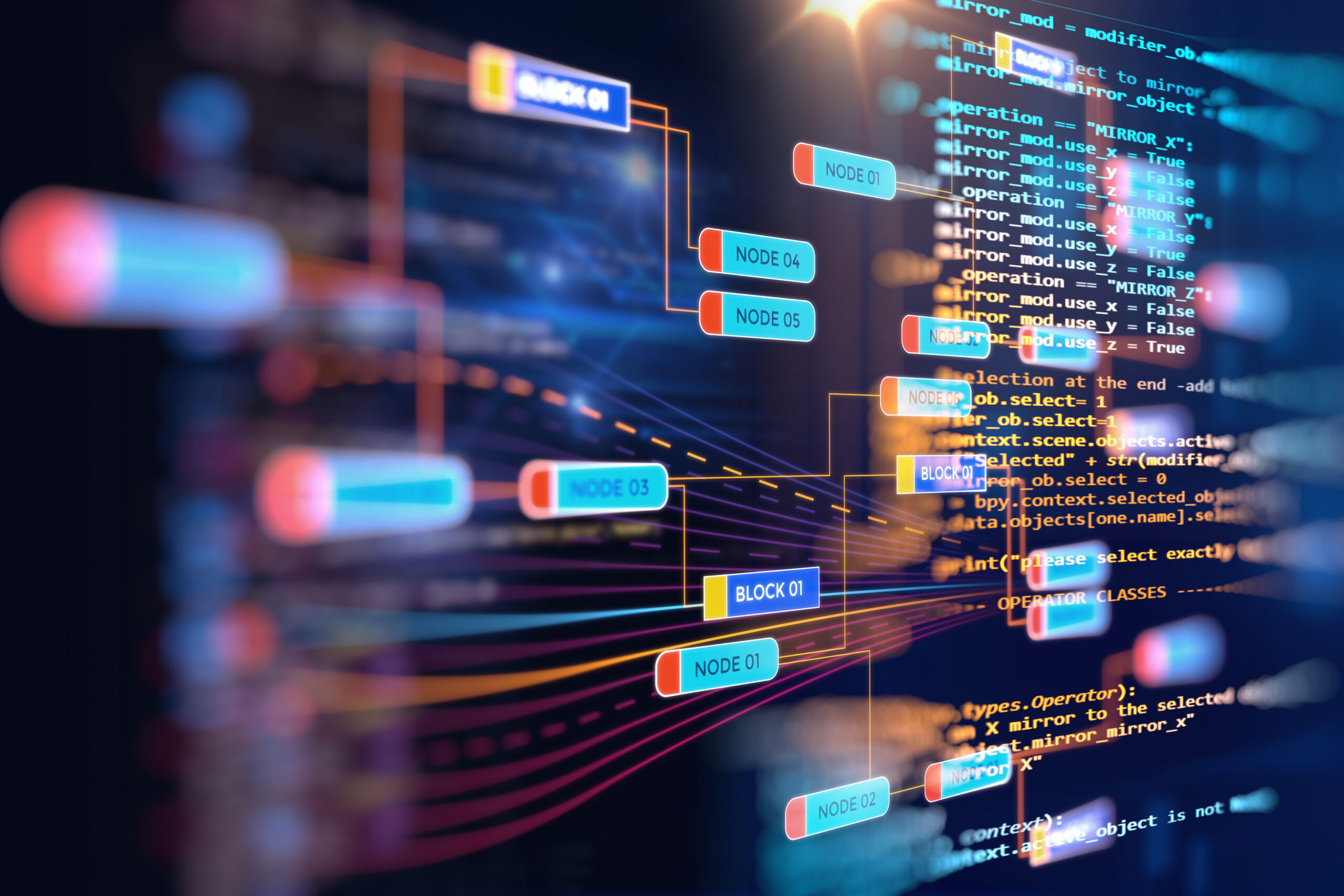The Hardware Behind Generative AI
Generative AI demands vast amounts of data to generate content. For instance, OpenAI’s GPT-3 was trained on a staggering 45 terabytes of text data. Traditional computer hardware falls short in handling such workloads. Instead, these tasks necessitate large clusters of GPUs or TPUs equipped with specialized accelerator chips. While the initial training of these models is resource-intensive, subsequent tuning and application deployment are less demanding on computational power. Currently, giants like NVIDIA and Google lead the chip design market, with TSMC being a major producer of accelerator chips.

The Role of Cloud Platforms in Generative AI
Given the cost and scarcity of GPUs and TPUs, most businesses opt for cloud platforms to build, tune, and deploy their generative AI models. This cloud-centric approach offers scalable computational power and cost management. Major cloud providers, with their comprehensive platforms and hardware access, are at the forefront of catering to generative AI needs.
Foundation Models: The Core of Generative AI
Foundation models, like OpenAI’s GPT-3 and GPT-4, are the backbone of generative AI. These models, trained on vast datasets, can be adapted for various tasks. Training these models is currently an expensive endeavor, but ongoing research aims to develop smaller, efficient models that can still deliver effective results. Some startups, such as Cohere and AI21, have made strides in developing their own large language models (LLMs).
Model Hubs and MLOps: Streamlining Generative AI Deployment
For businesses to leverage foundation models, they need storage and specialized MLOps tools. Model hubs fulfill this need. For closed-source models, the model developer typically acts as the hub, offering API access. For open-source models, independent hubs like Hugging Face provide a range of services, from model access to comprehensive MLOps capabilities.

Applications: Bringing Generative AI to Life
While foundation models are versatile, it’s the applications built on them that cater to specific tasks, from customer support to content creation. These applications can be developed by new market entrants, existing solution providers, or businesses aiming for a competitive edge in their domain.

Navigating the Generative AI Landscape
The generative AI ecosystem is intricate, with each component playing a crucial role in bringing AI-driven solutions to life. As the technology evolves, businesses must stay informed and agile, ready to harness the transformative power of generative AI.
Stay tuned with Thia.io for more insights into the ever-evolving world of generative AI and its impact on the business landscape.

Experienced Machine Learning, Artificial Intelligence, Data Strategy, Information Technology, and Shared Services Executive
Things that matter:
• five largest ML models created at P&G, with over 10,000 pipeline runs/year
• initiated and operated THE data labeling platform and services for ML at P&G, with 300+ projects and millions of annotations on the platform
• Generative AI strategy for the Global Business Units Shared Services for the Brand, R&D, Manufacturing, Supply Chain, Master Data + eComm functions
• Product Management leadership for enterprise-wide Cloud applications combining data and AI
Education
Harvard Business School Executive Education: Artificial Intelligence (Competing in the Age of AI).
Northwestern University: Executive Strategies to Unlock Enterprise Value in Artificial Intelligence
University of Bucharest: Master of Computer Science from the Faculty of Mathematics
CIIM – Master of Business Administration (MBA) with a focus on Finance
Key Certifications:
AWS Certified Machine Learning – Specialty
Azure ML Artificial Intelligence Certification
Data Camp Certified Data Scientist (Python Track)





